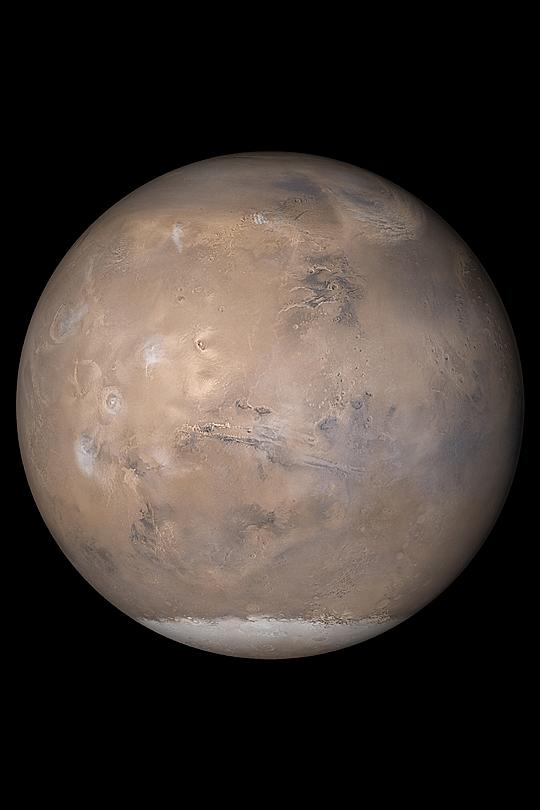
AI system can answer research questions on windstorms and other topics about Mars using data from NASA. The team used the same formula to create an AI to answer questions on sea level science.
Credit: NASA/JPL/Malin Space Science Systems
AGU News
Save the date for AGU25 in New Orleans, 15-19 December
Registration for AGU’s 2025 annual meeting will open in late August. Full-time journalists and press officers can attend free of charge. [AGU25]
AGU Wins Power of Associations Gold Award for promoting ethics in climate intervention
In October 2024, AGU published the Ethical Framework Principles for Climate Intervention Research in response to the increasing urgency of the climate crisis and growing interest in large-scale interventions, such as carbon dioxide removal and solar radiation modification. AGU affirms that reducing carbon emissions must remain the top priority in addressing climate change. [press release][report]
Featured Research
AI assistant can help scientists study the ocean and Mars
Using ChatGPT, scientists filled the program with information on sea level science so scientists could speed up their research time. The system is currently live and allows anyone to ask it a question in simple language about sea level science. It will attempt to give answers about things like current recorded coast levels, flooding predictions, or mathematical equations. They used the same system, with some key information shifts, to create an AI to answer questions about Mars, as well. Using Nasa data, users can ask the AI about wind speeds or storms that are or might happen on Mars. [JGR Machine Learning and Computation study][Chatbot lab assistants for climate science media roundtable]
15 US coastal airports are sinking
San Francisco, Portland and Seattle airports were found to be the top fastest sinkers. Their sinking rates were based off the geology of the ground underneath with many being built on former wetlands or floodplains. They found that 96% of airports are at low risk currently for damage from the sinking. Tampa, Seattle, Orlando and the Reagan National Airport, however, all ranked at high to very high risk for damage. [Earth and Space Sciences study]
Shrubification of the Arctic slows release of greenhouse gases
Climate change has caused an invasion of southern shrubs into the Arctic tundra, but this encroaching shrubbery could slow the tundra’s transition away from carbon storage to greenhouse gas emitter. The shrubs absorb more carbon dioxide than the native moss, lichen, and tussocks. Scientists working at Trail Valley Creek in Canada found the increased soil temperature in the winter associated with shrubs was offset by cooler soil temperature during the summer thanks to shade shrubs provide. At the highest level of shrubs, the valley absorbed more carbon than it released. Scientists will have to take changing ecosystems, like more shrubs, into account when modeling the impacts of climate change. [JGR Biogeosciences study]
Why crop yield decreases at high temperatures
Scientists find that water stress drives the connection between surface temperature and crop yield loss, providing information to help improve predictions of agricultural productivity under climate change. [Eos editor’s highlight] [AGU Advances study]
How earthquakes shake up microbial lake communities
After an earthquake, a lake’s geological, chemical, and biological components get reconfigured. A new study dives into the effects of seismic shifts on the Himalayas’ Lake Cuopu. [Eos research spotlight] [JGR Biogeosciences study]